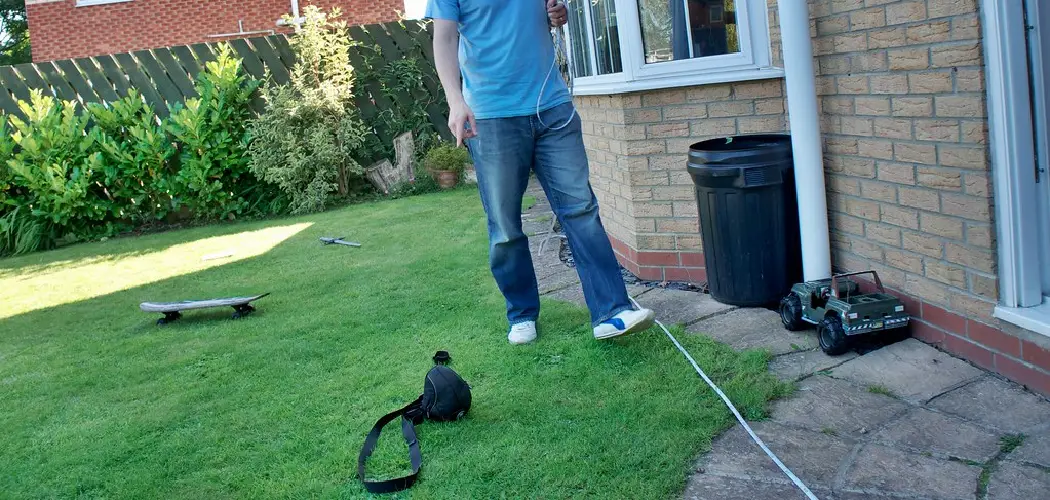Measuring yards is an important skill to have when it comes to landscaping, gardening, construction, and other projects that require precise measurements. Measuring the yard accurately can help you save time and money by ensuring that the materials you purchase or use are of the correct size and quantity.
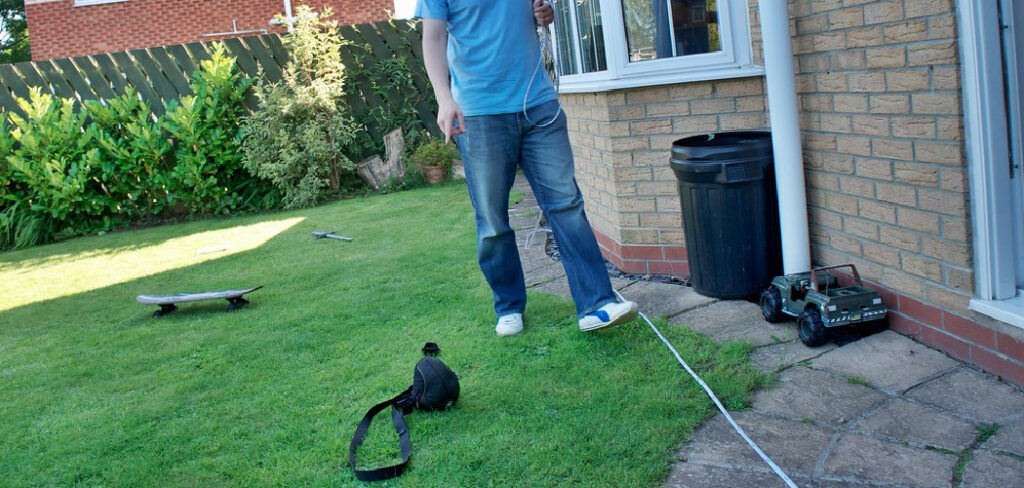
Measuring a yard can be a great way to determine the size of an area or object. It is also useful when planning projects, such as landscaping or constructing buildings, since it helps individuals decide how much material they will need and how long it will take them to complete the project.
Measuring a yard is straightforward and easy to do and has several advantages when compared to other methods of measurement. You can find step-by-step instructions on how to measure yard in this blog article.
Tools & Materials You Will Need
- Measuring tape
- Marking stick or string
- Yardstick
- Pegs/stakes
- Rope or surveyor’s line
- Line level
- Surveying rods
- Tape measure (for larger distances)
- Surveyor’s wheel (for measuring areas of land)
- Calculator (to work out square footage)
Step-by-Step Processes for How to Measure Yard
Step 1: Inspect the Area
Before you measure your yard, take a look at the area. Make sure it’s free of obstacles and any other tripping hazards. You’ll need some supplies to help you measure your yard. Gather a measuring tape, flags, or markers that won’t move in the wind and a level for accuracy.
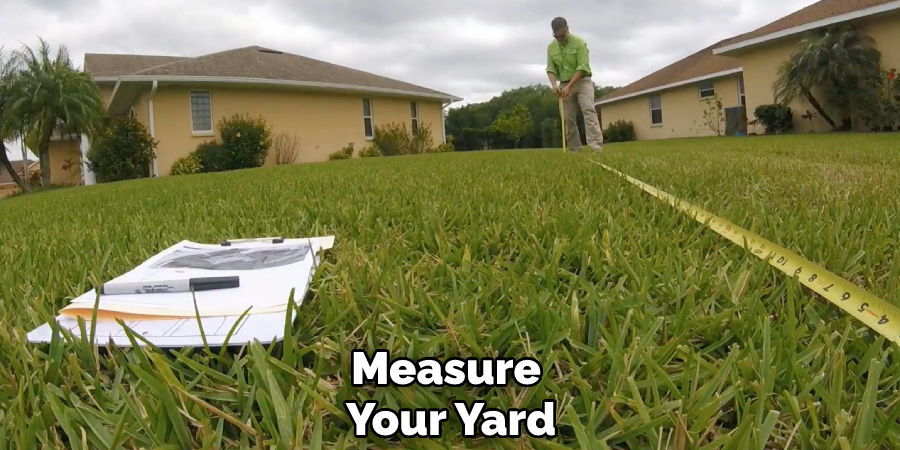
Step 2: Measure the Length of Your Yard
Use a measuring tape to measure the length of your yard from one end to the other, in multiple spots if necessary. Make sure to record each measurement. Now that you know how long and wide your yard is, you can calculate how many yards of material you will need.
Step 3: Mark Out Your Yard
Using the flags or markers, start at one corner and begin marking out your yard’s perimeter. Make sure to mark each corner and any other features (e.g., trees, shrubs) that may obstruct your work. Now it’s time to measure the length of each side. Start in one corner and run a measuring tape from corner to corner, recording the measurements as you go.
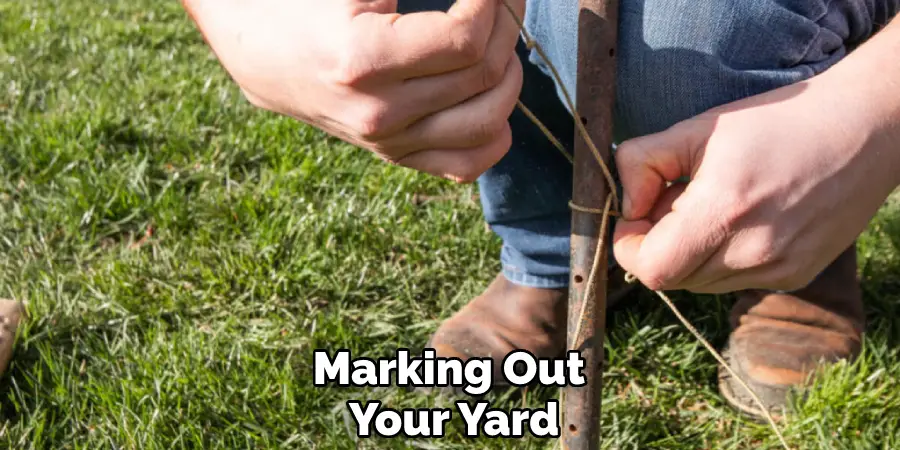
Step 4: Calculate the Area of Your Yard
Once you have all your measurements, calculate the total area of your yard. This will tell you how much material you will need to cover it. Depending on the size of your yard, you may need to repeat this process a few more times until you have accurately measured and marked out your entire yard.
Step 5: Level Your Yard
Finally, use a level to ensure that your yard has been leveled correctly. This will help prevent drainage issues and reduce the material you need later on. Once you have finished measuring and leveling your yard, make sure to check it regularly. If anything changes in the area, like a tree or shrub, growing, you’ll need to re-measure and level your yard.
This will help ensure that your project is done right the first time! By following these steps, you can accurately measure your yard and determine how much material you will need for any outdoor project.
Safety Tips for How to Measure Yard
- Wear sturdy shoes and protective eyewear when measuring yards.
- Make sure the area you are measuring is free of obstacles like rocks, roots, stumps, or other objects that can interfere with your measurements.
- Use appropriate tools such as a tape measure, yardstick, or measuring wheel to measure the area accurately.
- Have someone with you at all times when measuring yards to help ensure the accuracy of measurements and provide assistance if needed.
- Ensure the ground is level before starting your measurement to prevent inaccurate results.
- Take multiple measurements for larger areas, using different points as references, to get a more accurate result.
- Measure in a consistent direction and keep track of your measurements to avoid confusion or errors.
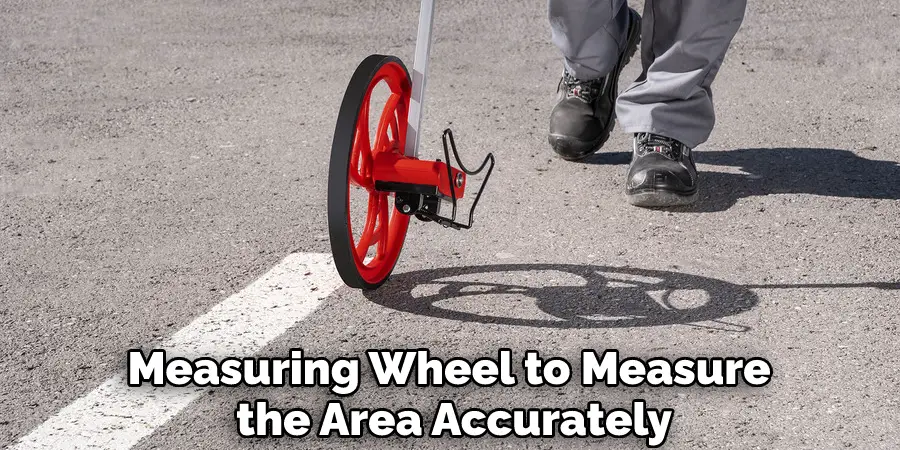
Looking after yourself is important when taking measurements, so be sure to follow these safety tips for Measuring yards.
What Are the Methods for Measuring a Yard?
There are several ways to measure a yard, depending on the type of measurement needed. The most common methods for measuring a yard include using a tape measure, ruler, or even using steps. A tape measure is the most accurate way to measure a yard.
To do this method correctly, start from one end and pull out the tape until you reach a full 36 inches, which is equivalent to one yard. Although this method is accurate, it can be difficult because the tape measure must be extended in a straight line.
Another way to measure one yard is by using a ruler or yardstick. Place the start of the ruler at an endpoint and mark with a pencil or pen every foot until you reach 36 inches- the equivalent of one yard. This method is easier than a tape measure as it can be done on any flat surface and only requires a ruler or yardstick to measure.
The most accessible way to measure a yard is by using steps. Count your steps from one endpoint to another, ensuring each step is equal and averages 12 inches in length. After 36 steps, you will have reached one full yard of distance. This is a great method to measure outdoors quickly and can be used even if you don’t have the necessary tools on hand.
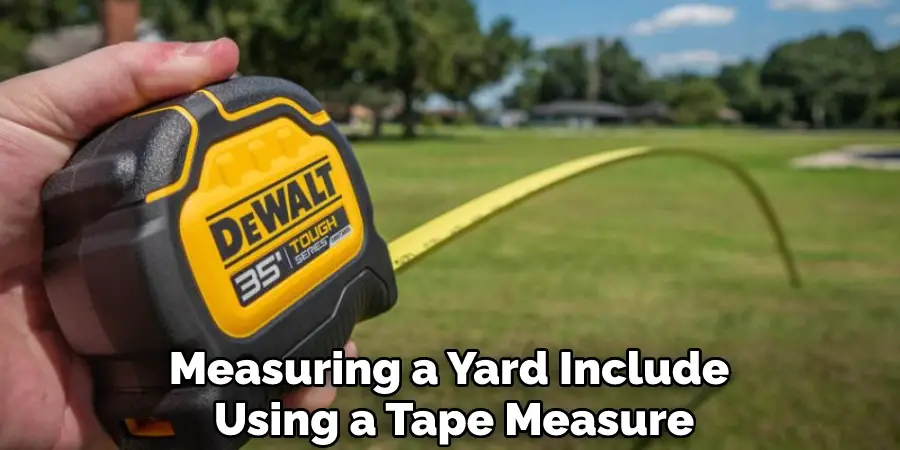
How Does One Measure Their Yard or Garden Area Width and Height?
Measuring the width and height of a yard or garden area is an important step in creating a plan for landscaping. Here are some tips to help you accurately measure your space:
- Use a Measuring Tape: The easiest way to measure a yard or garden area is to use a standard, retractable steel measuring tape. Measure the width and height of the space, making sure to round up or down to the nearest foot.
- Estimate Using a String: If a measuring tape is unavailable, use a long piece of string or rope to approximate the size of your yard or garden area. Tie one end to an object in the yard that won’t move, and measure the length of the string with a ruler or yardstick.
- Measure From Above: For larger areas, you may want to consider using satellite imagery or aerial photography to measure your space. You can find online tools that will allow you to estimate dimensions using images taken from drones or planes.
These methods should help you accurately measure the width and height of your yard or garden area. Knowing the exact dimensions will make it easier to devise a plan when landscaping your outdoor space.
Do You Need to Call a Professional?
Yes. If you need to measure a yard accurately, it is best to hire a professional. Professional surveyors have the tools and knowledge to do this job correctly. They have access to equipment such as lasers, transits, and tape measures to help them get an exact measurement.
They will also be able to answer any questions you may have about the process and give professional advice. By hiring a professional, you can rest assured that your measurements are accurate and reliable. This will also save you time and energy in the long run since professionals can do the job faster and more efficiently than most amateur DIYers.
How Much Will It Cost If You Hire a Professional?
When it comes to measuring a yard, most homeowners opt to hire professional help. How much it will cost depends on your project’s complexity and the size of your area needing measurement. If you are measuring a small area or simply need basic measurements, a professional might charge between $50 and $100 per hour.
On the other hand, larger projects can range from $100 to $200 per hour for a professional’s services. It might cost even more if you’re looking for more specialized measurements, such as mapping out an area for renovations, installing new structures, or landscaping design.
It’s best to discuss your project needs with a few professionals and get some estimates before making a final decision.
Conclusion
One disadvantage of measuring a yard is that it requires an accurate and precise measurement tool. If the wrong type or size of measuring instrument is used, the accuracy of the measurement will be affected. Additionally, it can be difficult to measure large yards accurately due to the need for a long measuring tape.
This is especially true when measuring curved or angled objects like a fence or wall. In conclusion, measuring a yard is an easy task that can be done accurately with the right tools. A tape measure and some basic math skills are all you need to measure this unit of distance.
Remember to take the time to double-check your measurements, as accuracy is key in any DIY project. I hope this article has been beneficial for learning how to measure yard. Make Sure the precautionary measures are followed chronologically.

